When you’re behind the wheel, you are responsible for the safety of yourself, your vehicle and the people around you. While that may seem daunting, you won’t have to shoulder all the safety burden yourself. There are plenty of safety features to take on that responsibility for you. Here are some.
Adaptive Cruise Control (ACC)
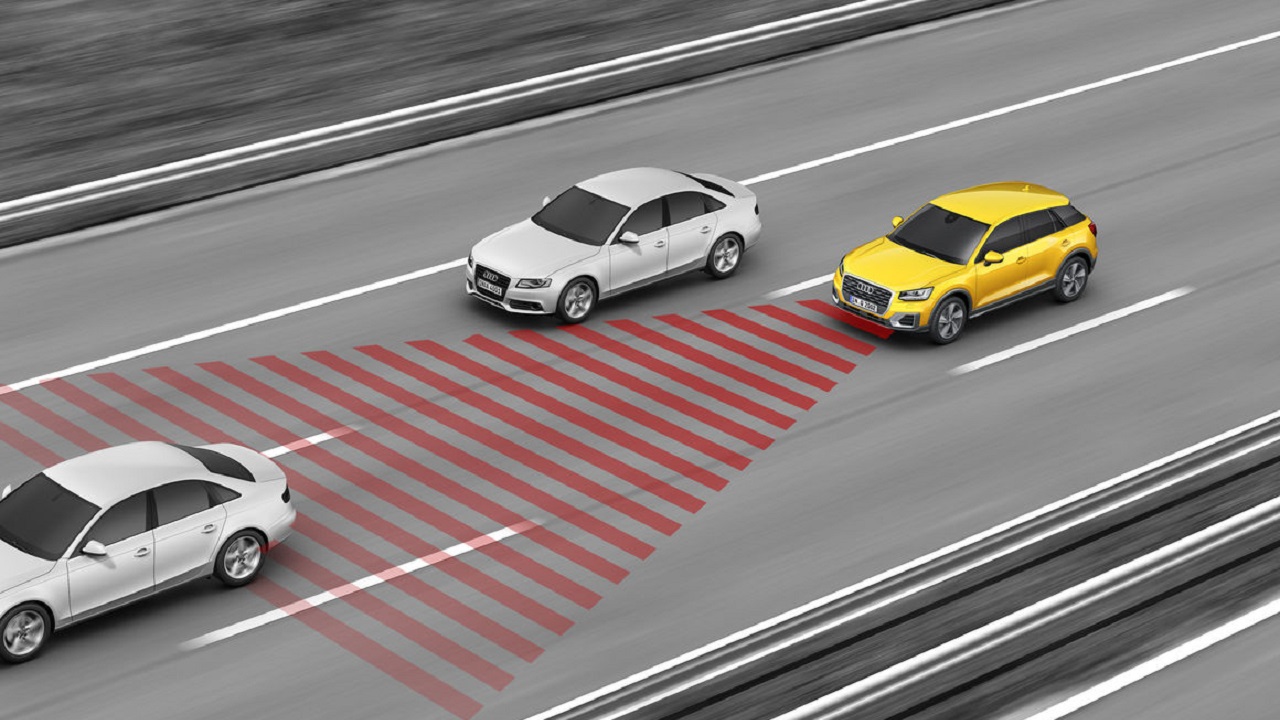
Available on the majority of high end cars today, this system uses sensors and radar, normally mounted inside the grille, to lock onto the car ahead and maintain a safe distance by automatically applying the throttle when acceleration is required and the brakes when traffic starts to slow down. ACC is mostly used by drivers on long highway cruises.
Automatic Emergency Braking (AEB)
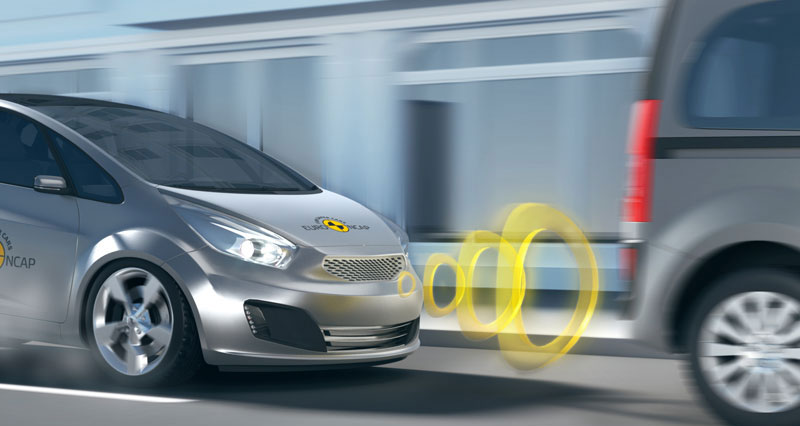
This is a feature that is growing more and more important. As late night drivers tend to fall asleep behind the wheel, or if you lose control of your car and cannot react on time, this feature is a life saver. If a car fitted with AEB senses a potential collision, and the driver does not react on time, then the car will start braking for you. The AEB is much faster than a human while reacting to emergency situations. The brakes are already applied before the driver hits the pedal.
Lane Departure Warning/Lane Keep Assist
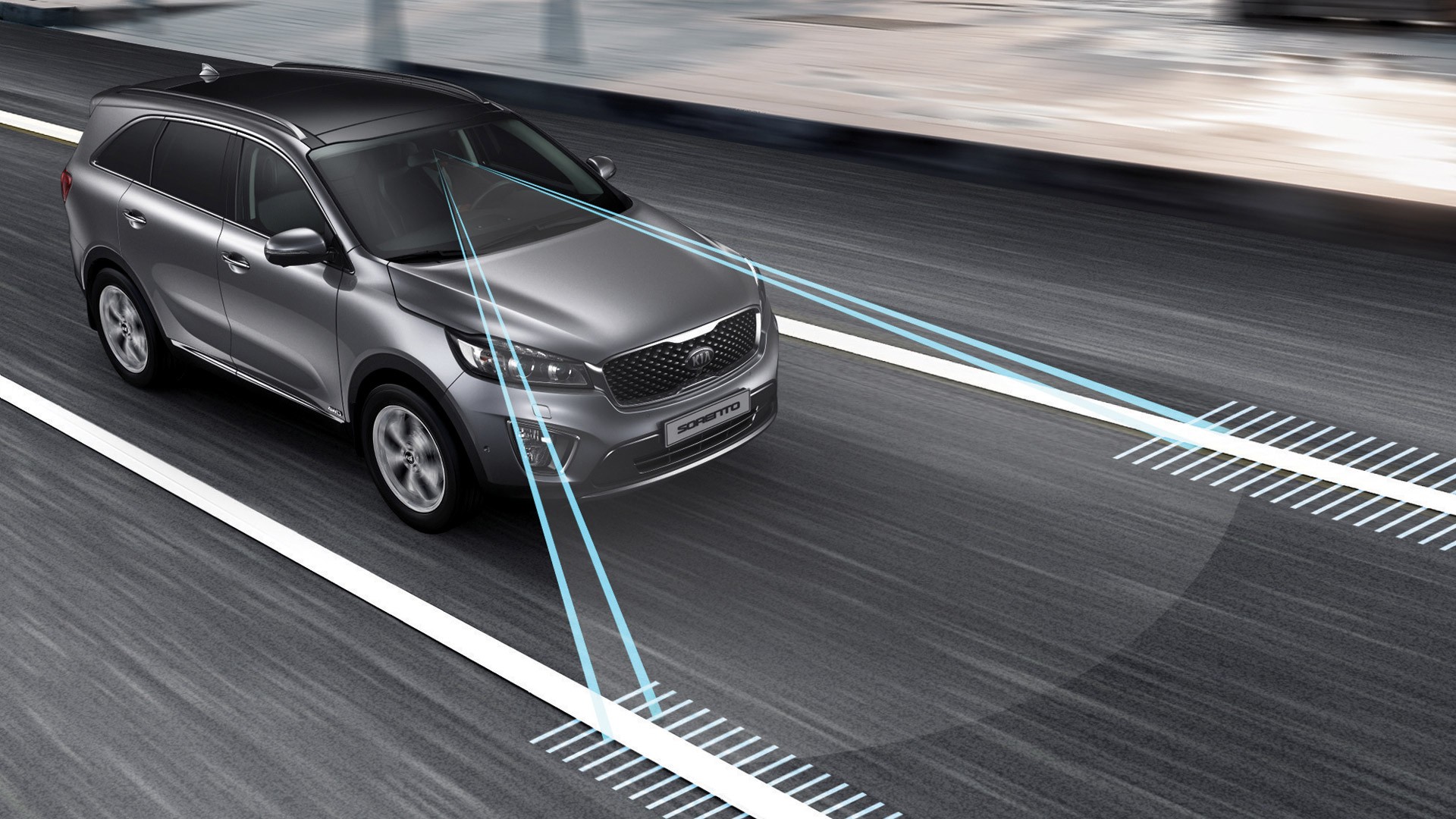
These are actually two different systems but often portrayed as one as they both work to keep you in your lane. Lane departure sounds a warning or buzzes your seat or steering wheel to inform that you are crossing the white lines or unintentionally leaving your lane. Lane Keep Assist, meanwhile, will gently steer you back into your lane if you drift out of it. When lines are faint like on our roads or the system has trouble detecting lines, the system can be switched off.
Blind Spot Detection
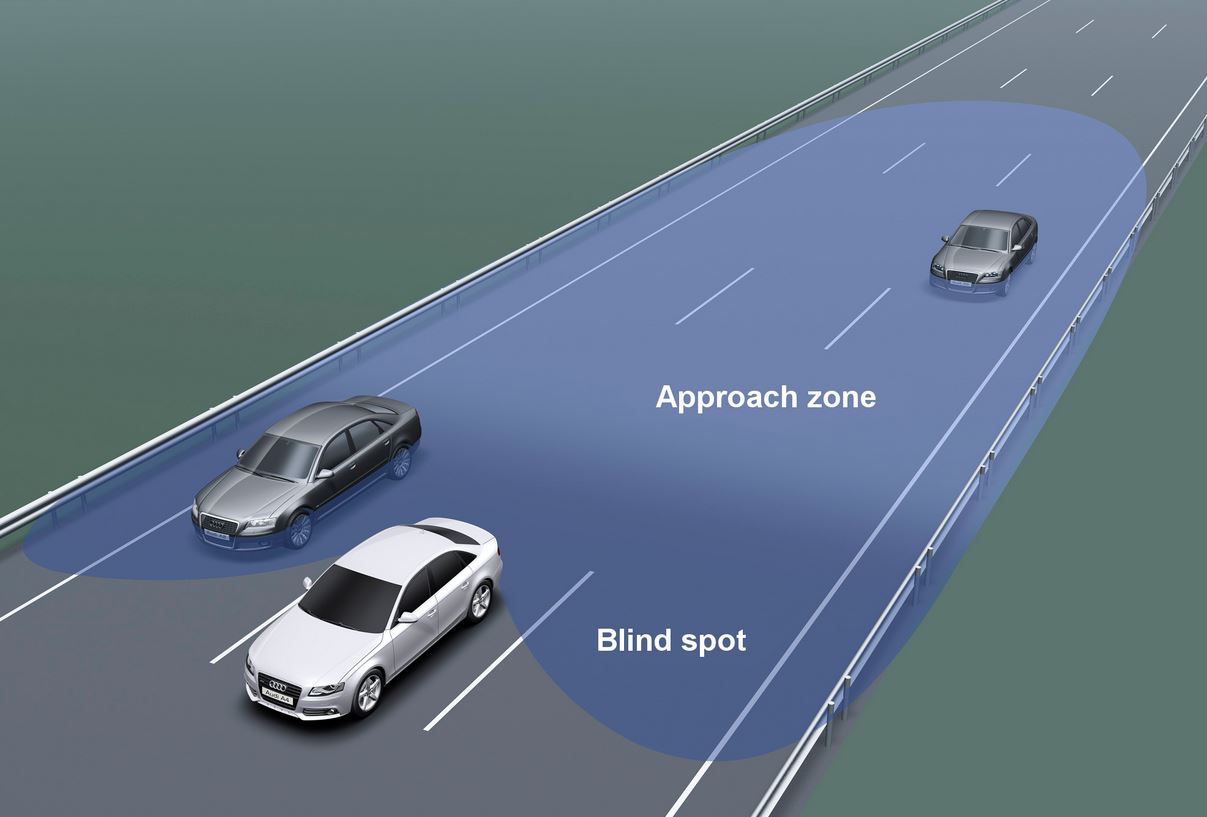
In driver education, remember how you were told to look over your shoulder and use your mirrors to see what was behind you and in your blind spot? While most drivers do not look twice to see what’s on their blind spot before making a turn to what might be an accident, the Blind Spot Detection warns you when there are vehicles approaching from the rear by shining small orange or yellow lights in your door mirrors.
Forward-Collision Warning (FCW)
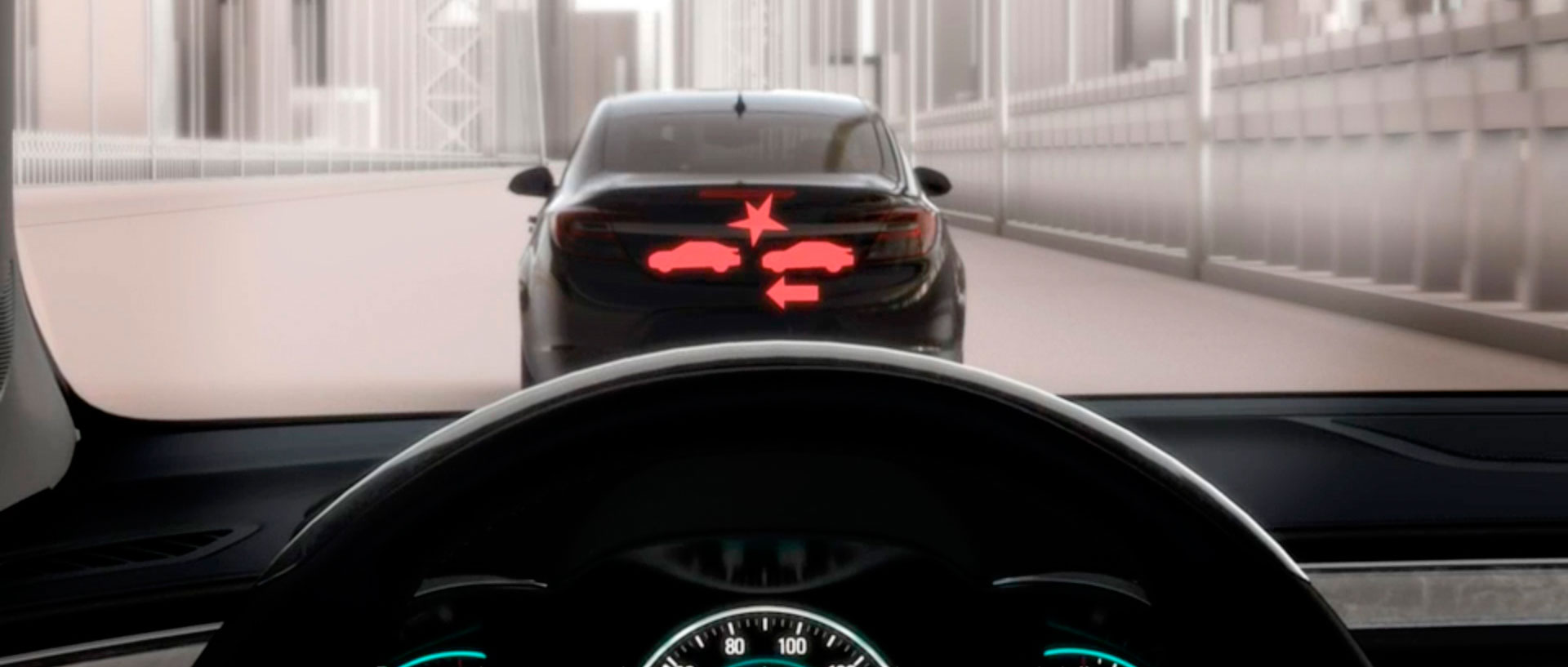
Forward-collision warning is a simple but important safety system. It uses cameras, radar or laser combination to scan for cars ahead and alert the driver if they are approaching a vehicle in their lane too fast and a crash is imminent. Most systems alert the driver with some sort of visual or audible signal to a potential crash, allowing time for the driver to react.
Pedestrian detection
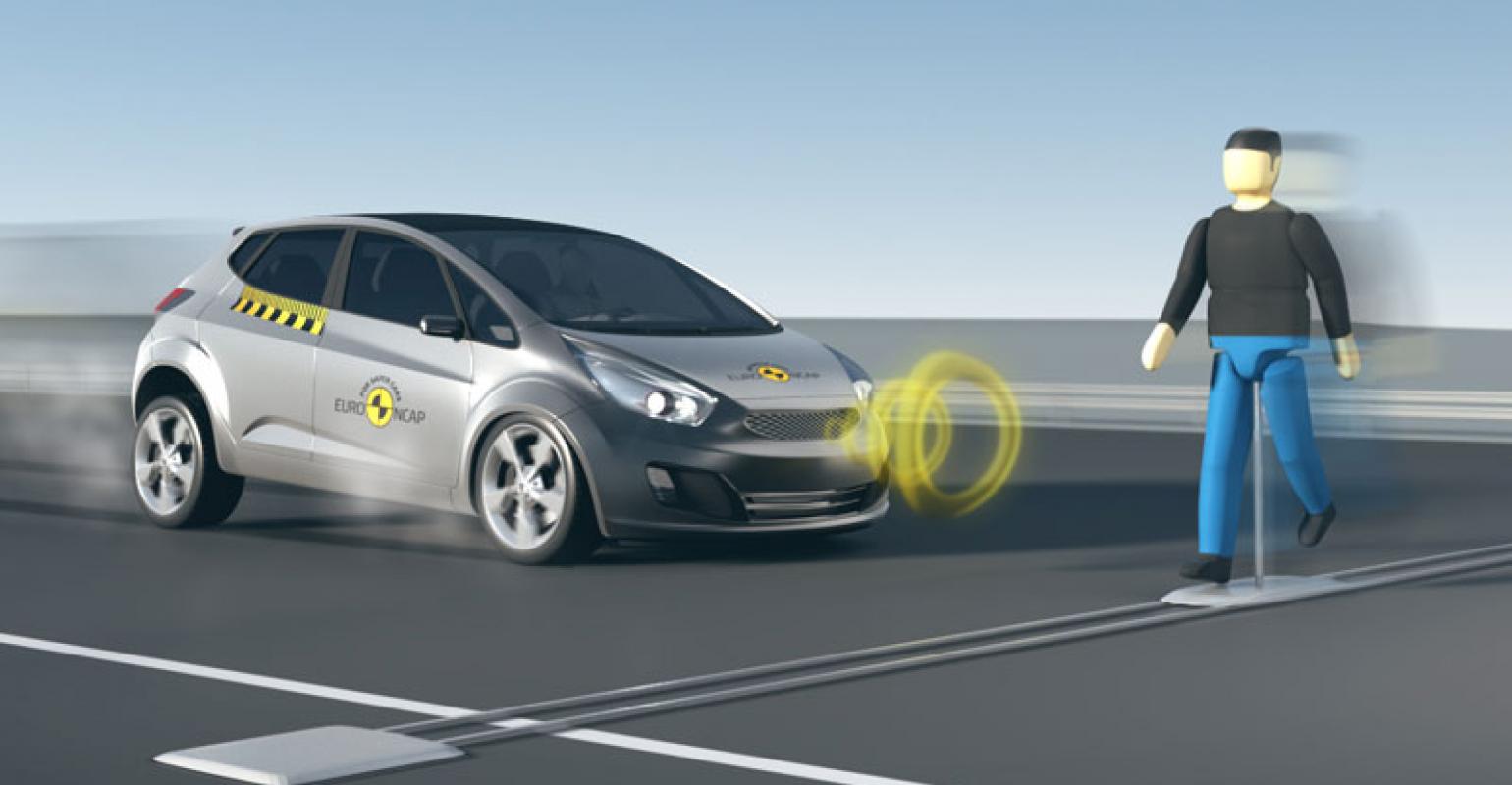
While the safety of you and your car is important, the safety of pedestrians on the road is crucial. One wrong move and you will not only wreck your car and yourself but may also put the life of an innocent bystander at risk. To prevent this you have Pedestrian Detection. This system uses the features of forward collision warning and automatic emergency braking to protect pedestrians. The vehicle’s camera(s) or radars are looking for a pedestrian in the vehicle’s path. Some systems will alert the driver with an audible or visual alert and some will even start automatic emergency braking if there is a high risk of a collision
Also read:











